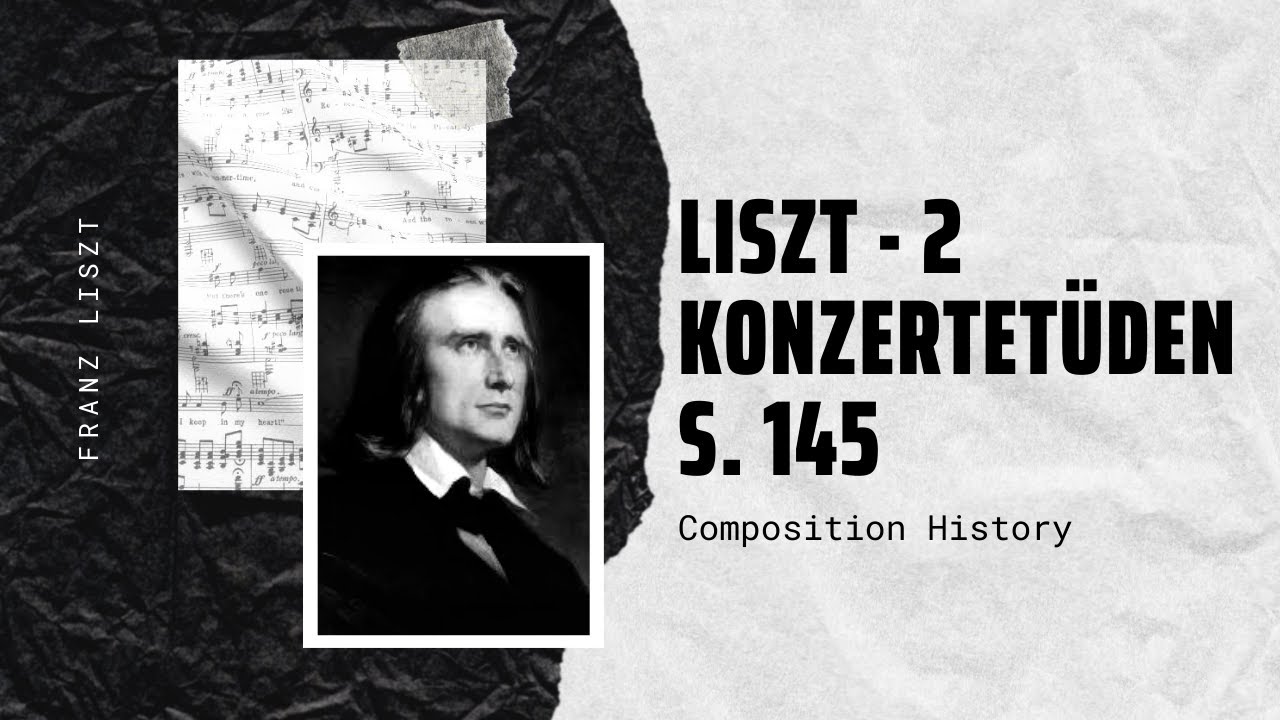
Schumann – Symphony No. 1 – Music | History
Schumann – Symphony No. 1 – Music | History The Symphony No. 1 in B♭ major, Op. 38, also known as the Spring Symphony, is the[…]

Schumann – Symphony No. 3 in E flat major – Music | History
Schumann – Symphony No. 3 in E flat major – Music | History The Symphony No. 3 in E♭ major, Op. 97, also known as the[…]

Liszt – Ave Maria I, S. 20 – 2nd version – Music | History
Liszt – Ave Maria I, S. 20 – 2nd version – Music | History “Ellens dritter Gesang” (“Ellens Gesang III”, D. 839, Op. 52, No. 6,[…]

Schumann – Fantasiestücke, Op. 12 – Music | History
Schumann – Fantasiestücke, Op. 12 – Music | History Robert Schumann’s Fantasiestücke, Op. 12, is a set of eight pieces for piano, written in 1837. The[…]

Liszt – 2 Konzertetüden, S. 145 – 1. Waldesrauschen – Music | History
Liszt – Konzertetüden, S. 145 – 1. Waldesrauschen – Music | History Two Concert Études (Zwei Konzertetüden), S.145, is a set of two piano works composed[…]

Bach – Chorale Harm. – Wir Glauben all an einen Gott, BWV 437 – Music | History
Bach – Chorale Harm. – Wir Glauben all an einen Gott, BWV 437 – Music | History Johann Sebastian Bach (31 March [O.S. 21 March] 1685[…]

Bach – Capriccio in E major, BWV 993 – Music | History
Bach – Capriccio in E major, BWV 993 – Music | History A magnificent baroque-era composer, Johann Sebastian Bach is revered through the ages for his[…]

Tchaikovsky – Symphony No. 4 – IV. Finale. Allegro con Fuoco – Music | History
Tchaikovsky – Symphony No. 4 in F Minor, Op. 36 – IV. Finale. Allegro con Fuoco – Music | History Pyotr Ilyich Tchaikovsky’s Symphony No. 4[…]

Mozart – String Quintet No. 4 in Gm, K. 516 – Music | History
Mozart – String Quintet No. 4 in Gm, K. 516 – Music | History The String Quintet No. 4 in G minor, K. 516, written by[…]

Liszt – Ave verum corpus, S. 44 – Music | History
Liszt – Ave verum corpus, S. 44 – Music | History Franz Liszt was a Hungarian pianist and composer of enormous influence and originality. He was[…]